The Weekly Anthropocene, October 9 2024
Night parrots, rooftop solar, and sleeping sharks in Australia, AI-boosted agriculture in Kenya, golden jackals and sea turtles in Europe, transmission lines and resilient EVs in the USA, and more!
Australia
A team of indigenous Ngururrpa rangers have discovered the largest known population of the endangered night parrot (Pezoporus occidentalis) in the Great Sandy Desert of Western Australia, with up to 50 individuals possibly present. The night parrot is one of only two nocturnal parrots in the world (alongside New Zealand’s kakapo) and is considered very difficult to find due to their habits of nesting in dense spinifex bushes and hiding during the day. Prior to this new discovery, the elusive birds were feared extinct for over a century, then only known from a population of less than 20 individuals discovered in the 2010s in Queensland. And the new Western Australia population seems relatively secure from two major threats to the species, with rangers conducting controlled burns to prevent lightning-sparked wildfires and dingo presence deterring feral cats. Amazing stuff!
Burrowing bettongs and Western quolls have been reintroduced to Sturt National Park in New South Wales, with 20 individuals of each species released into the outback landscape.
A project to restore an Australian flat oyster reef near Adelaide has been a resounding success, using innovative techniques including dropping 14 limestone boulders to provide a substrate and playing healthy reef sounds underwater to attract free-swimming oyster larvae to colonize the new surfaces. Since work started 2020, fish, crabs, and squid have returned to the area.
Australia’s cleantech revolution continues to zoom ahead! Rooftop solar is a particular star; over 3.7 million Australian homes and small businesses are now equipped with rooftop solar, and these small-scale solar setups (adding up to over 24 GW worth by now!) together provided 11.3% of Australia’s electricity in the first half of 2024! This surge continues to grow, with over 1.3 GW of new rooftop solar installed and nearly 30,000 home battery units sold in Australia in the first half of 2024.
And in the state of South Australia, all wind and solar combined provided a world-leading 75% of electricity in 2023, and a new goal to reach 100% renewables by 2027 is being debated. Great work!
Two peregrine falcon chicks have hatched in a nest built on the side of a skyscraper in the central business district of Melbourne, Australia, and a third may be on the way. After successful conservation efforts in the 20th century, peregrine falcons are now thriving in urban areas around the world. Another great example of Anthropocene coexistence!
A research team’s undersea robot discovered thousands of female Port Jackson sharks (Heterodontus portusjacksoni) sleeping in a tightly packed “carpet” on the seafloor of Australia’s Beagle Marine Park, near Tasmania. It’s unclear why. Fascinating!
Kenya
Farmers in fast-developing Kenya are using AI-enabled apps like Virtual Agronomist, PlantVillage, and FarmShield to help increase productivity, with AI providing interactive capabilities including advice on water use, live chats on fertilizer application, and diagnosis of plant diseases from a photo. This is encouraging progress on a vital issue: as Our World in Data details, increasing sub-Saharan Africa’s notoriously low agricultural productivity is one of the most important issues facing humanity. Scalable improvements could be huge in helping the continent weather the impacts of climate change!
European Union
The cleantech revolution continues to zoom ahead in Europe, giving the rest of the world more and more detail on what clean electron-powered grids can look like. On sunny days, solar is now routinely providing more than 100% of electricity demand in several EU nations! Ongoing growth in reliable grid-scale battery storage will soon help spread this bounty to the evening, replacing even more fossil fuels. Great work!
Barcelona, Spain is generating power from newly installed regenerative braking on its subway trains, with the newly installed system set to provide 41% of the trains’ power needs as well as some extra electrons for nearby EV charging stations!
The proposed NATO-L project would run high-voltage power cables with 6 GW of capacity for 3,500 miles under the North Atlantic, linking the North American and European grids. Transatlantic cables are nothing new for telecommunications, but this would be the first one exchanging electricity at scale. Notably, this would be particularly helpful for sending clean electrons across time zones: as the world turns, solar from Europe’s day could help power America’s early-morning darkness, then solar from America’s day could help power Europe’s twilight.
This idea would likely take at least ten years to become a reality, but it would be a great step forward for the doughty transatlantic alliance and the emerging World Grid - here’s hoping it happens!
The golden jackal (Canis aureus) is rapidly expanding its range into Europe1, with jackals now found as far north as Finland and Norway and as far west as Spain. Genetic analysis revealed that one individual jackal may have traveled over 3,500 kilometers from the Caucasus to Tromsø, Norway. Interestingly, Finland has decided to legally welcome the new arrivals by classifying them a new native species, not an invasive species - “immigrant species” policy in action! Awesome.
On the Ionian island of Zakynthos, the endangered loggerhead sea turtle (Caretta caretta) population is rebounding after years of dedication conservation efforts. In 2024, more than 1,200 sea turtle nests have been recorded on the Sekania beach of Zakynthos, and over 10,000 nests across all of Greece. Great work!
United States

In an epic leap forward for the Biden-Harris Administration’s decarbonization efforts, on October 3, 2024 the Department of Energy announced an additional $1.5 billion in Bipartisan Infrastructure Law funding for the second round of Transmission Facilitation Program projects, comprising four huge new power transmission lines to bring more renewable energy online for America’s grid! Together, these projects will enable nearly 1,000 miles of new power lines, 7,100 MW of new energy capacity, and nearly 9,000 new jobs.
The Aroostook Renewable Project in this writer’s home state of Maine will deliver up to 1,200 MW of new wind power from northern Maine to the New England grid. Climate and energy folks in Maine have been excited about Aroostook wind potential for years - this brings it closer to reality!
The Cimarron Link will bring 1,900 MW of new solar and wind from the Oklahoma Panhandle area to growing cities in eastern Oklahoma.
Southern Spirit will connect the formerly independent Texas grid to the midwestern U.S. grid, increasing reliability with 3,000 MW of new bidirectional capacity. This historic first is particularly notable in the context of Texas grid operators’ widely criticized response to climate disasters in recent years. With this project, Texans will be able to get power from the rest of America if needed!
Southline (Phase 2) will bring 1,000 MW of new transmission capacity to New Mexico, helping make clean energy available for cleantech manufacturing projects and expanding on Southline Phase 1’s connection between Arizona and New Mexico.
The transmission backlog is a major bottleneck acting as one of the remaining brakes on surging renewables growth in the U.S., and building these new power lines will make it possible for lots of new solar and wind farms to get going! This is the kind of continental-scale clean energy planning that Anthropocene America needs. Spectacular work!
The Department of Energy now projects that by 2026, 80% of solar panels installed in America will be made in the USA! The Biden-Harris Cleantech Boom is amazing!
The 2.8 GW (2,800 MW) Atlantic Shores offshore wind farm just got federal approval! If the 2024 elections go well, construction should start in 2025, deploying about 200 wind turbines off New Jersey by 2029.
The $20 billion Inflation Reduction Act-created Greenhouse Gas Reduction Fund, essentially an American green bank, has funded its first project, 66 megawatts of solar across 16 sites in Arkansas (the largest commercial deployment in the state!) to help power the University of Arkansas System. As Robinson Meyer of Heatmap highlights, if the GGRF survives the 2024 elections it could be particularly impactful long-term because it gets a return on investment like a bank, so it could keep “recycling” its funding to boost even more future cleantech projects without needing further appropriations from Congress.
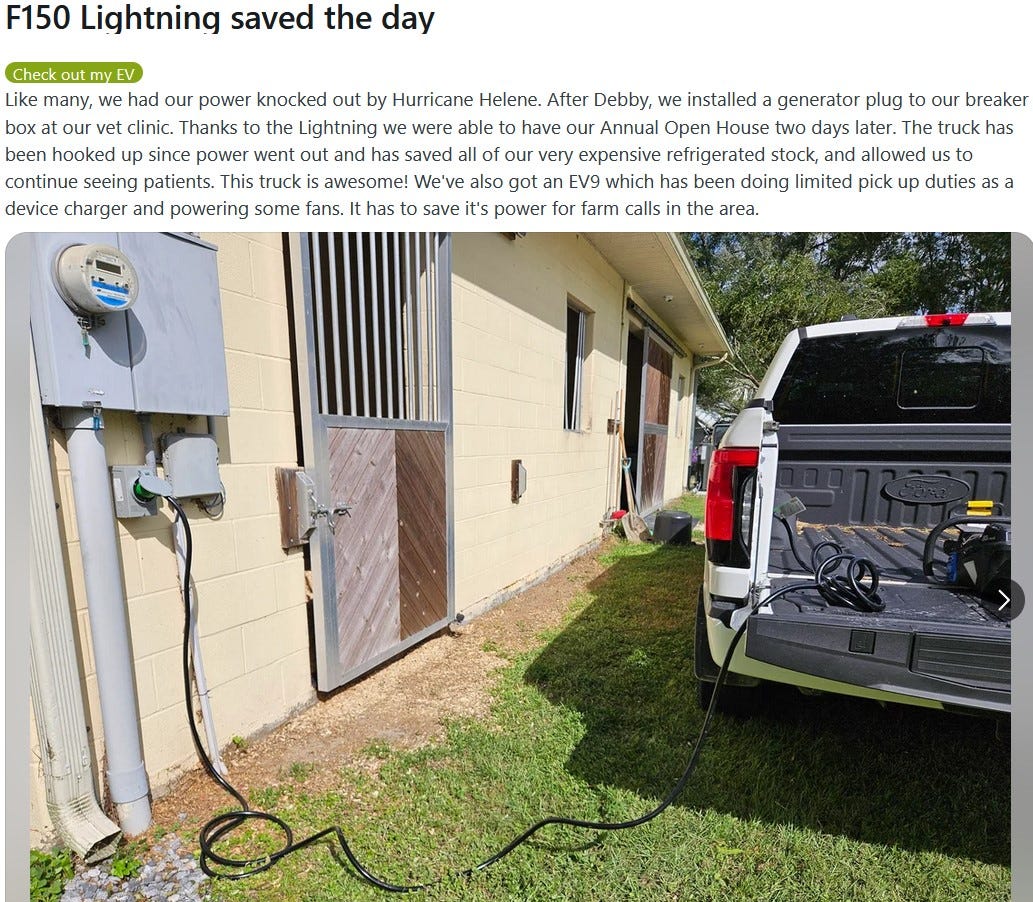
During blackouts in the wake of Hurricane Helene, early adopters of electric vehicles across the American South have reportedly supplied emergency power for their homes, neighbors, and businesses thanks to bidirectional charging, using EVs’ capacious batteries to provide a backup power source to buildings. The Atlantic interviewed Dustin Baker of Charlotte, North Carolina, who ran extension cords from his Ford F-150 Lightning to power his own and neighbors’ refrigerators. Cleantech doesn’t just help stop climate change; decentralized zero-emission energy is a powerful resilience tool to withstand its effects!
Joro spiders have been spotted in Massachusetts and Pennsylvania, the first accounts of this charming and harmless immigrant species in the U.S. Northeast. Welcome!
AI-enabled farm bots are beginning a quiet revolution in American agriculture, with major corporate titans getting involved. John Deere is now selling a crop sprayer with on-board AI that can visually identify individual weed plants and precisely apply weed killer in that exact spot, averting indiscriminate use of potentially dangerous toxins. And the same general technology can be used for precision fertilizer application; alongside other emerging fixes like short corn, this could really help reduce fertilizer overuse and help prevent expansion of the Gulf of Mexico dead zones! Great news.
A similar story to the coyote expansion in North America! Two very similar adaptable, generalist mid-sized canids occupying similar ecological niches, both thriving in the Anthropocene.




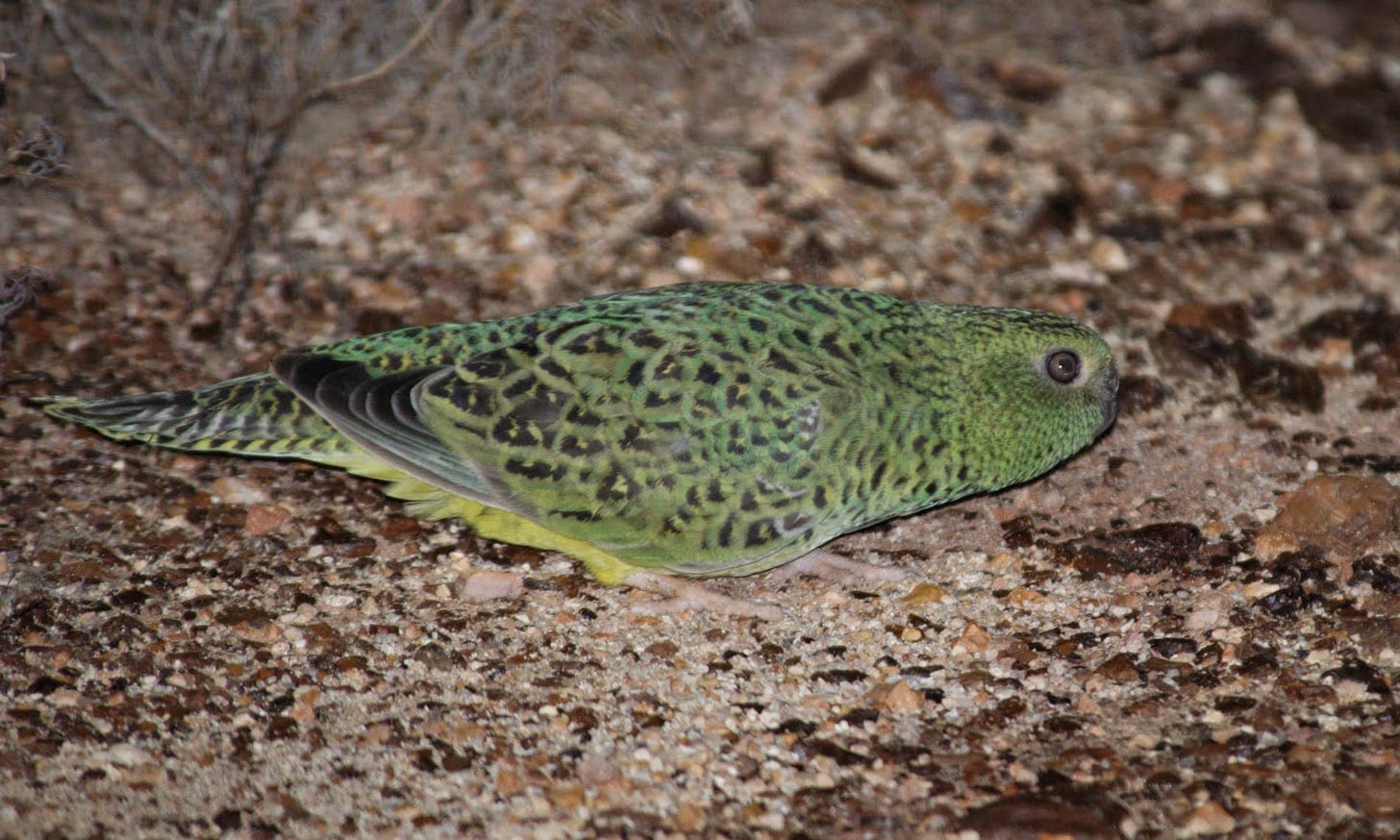
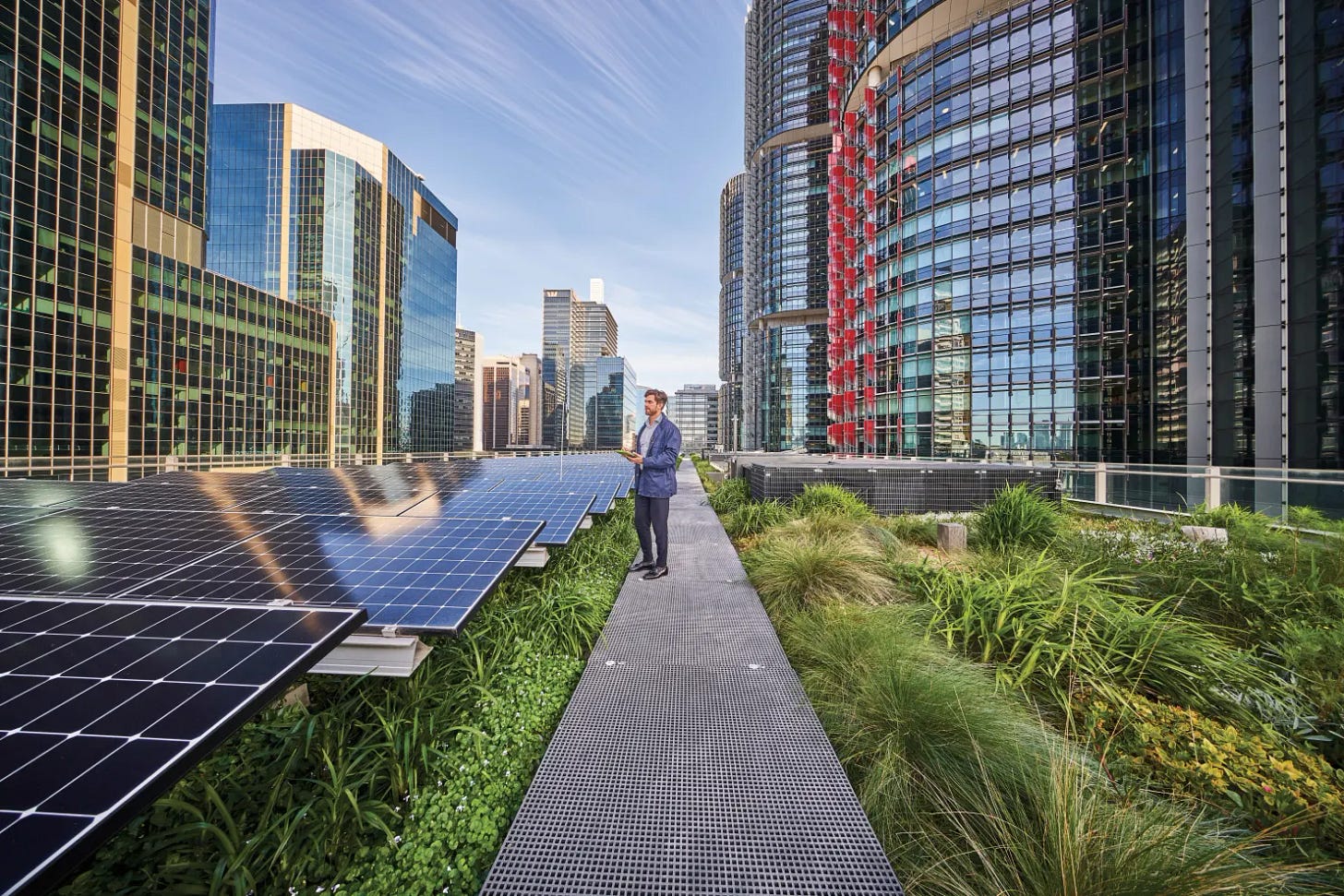


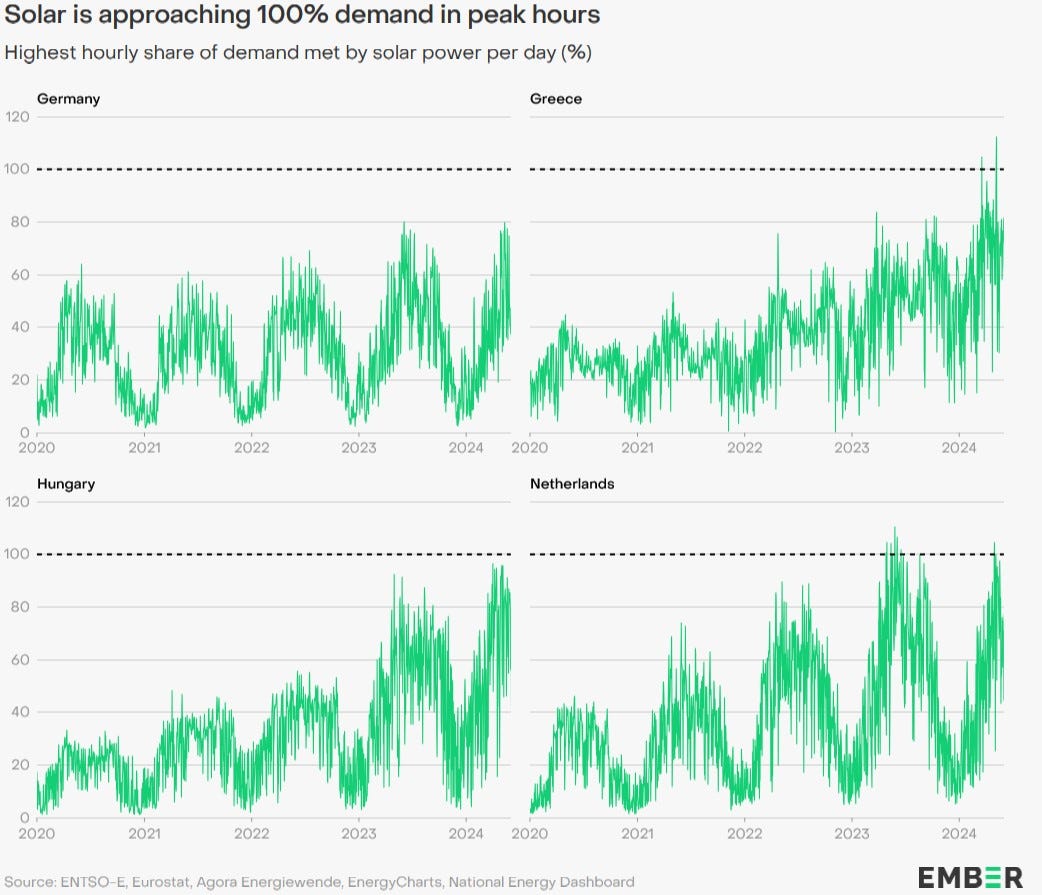

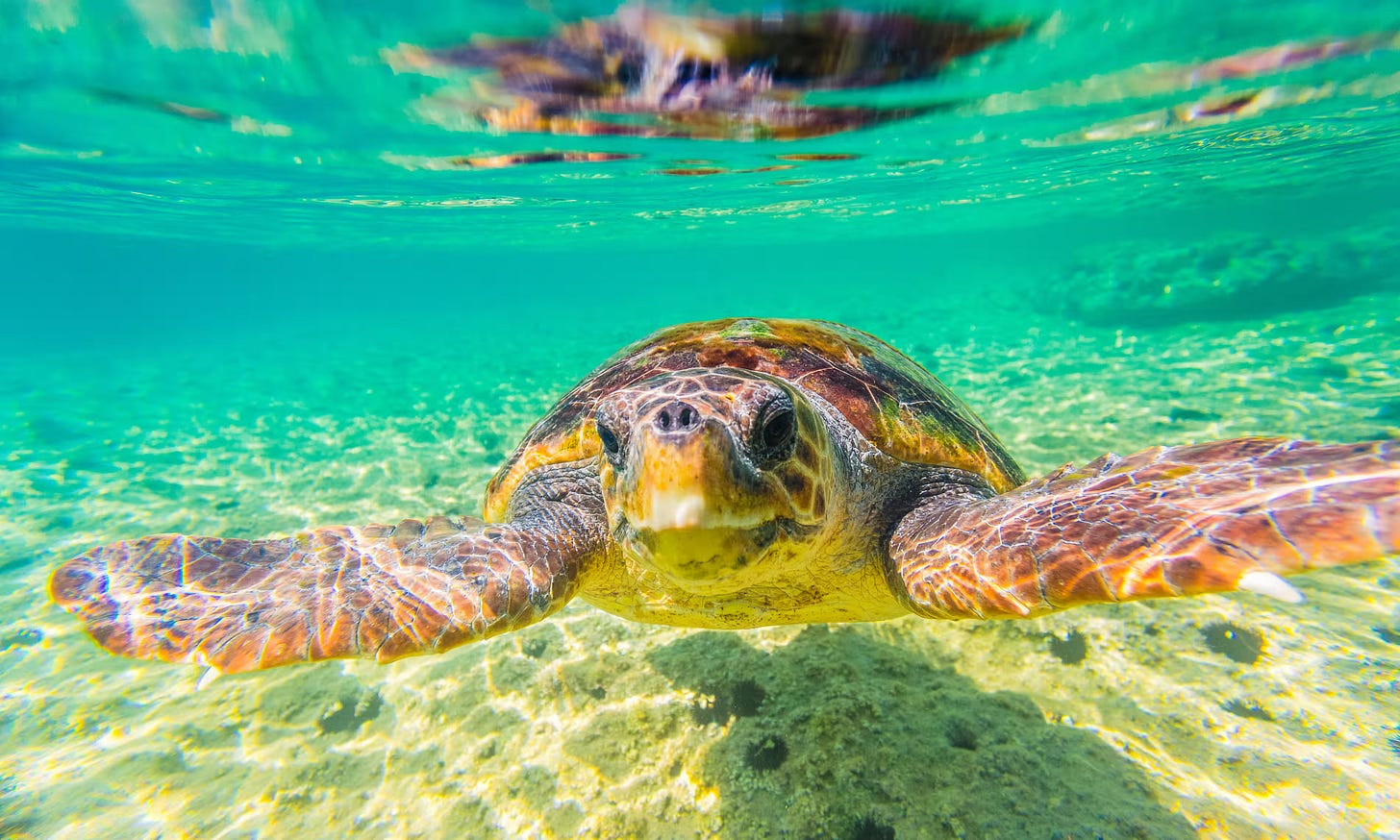
In their native Asia, Joro spiders are a sign of luck. Joro spiders arrive in the USA just as decarbonization efforts really start to take off. Coincidence, or the result of spider good fortune? Hmmm.
Thanks again for allowing me to start my day with this dose of optimism.
Reading about farm bots makes me very happy.